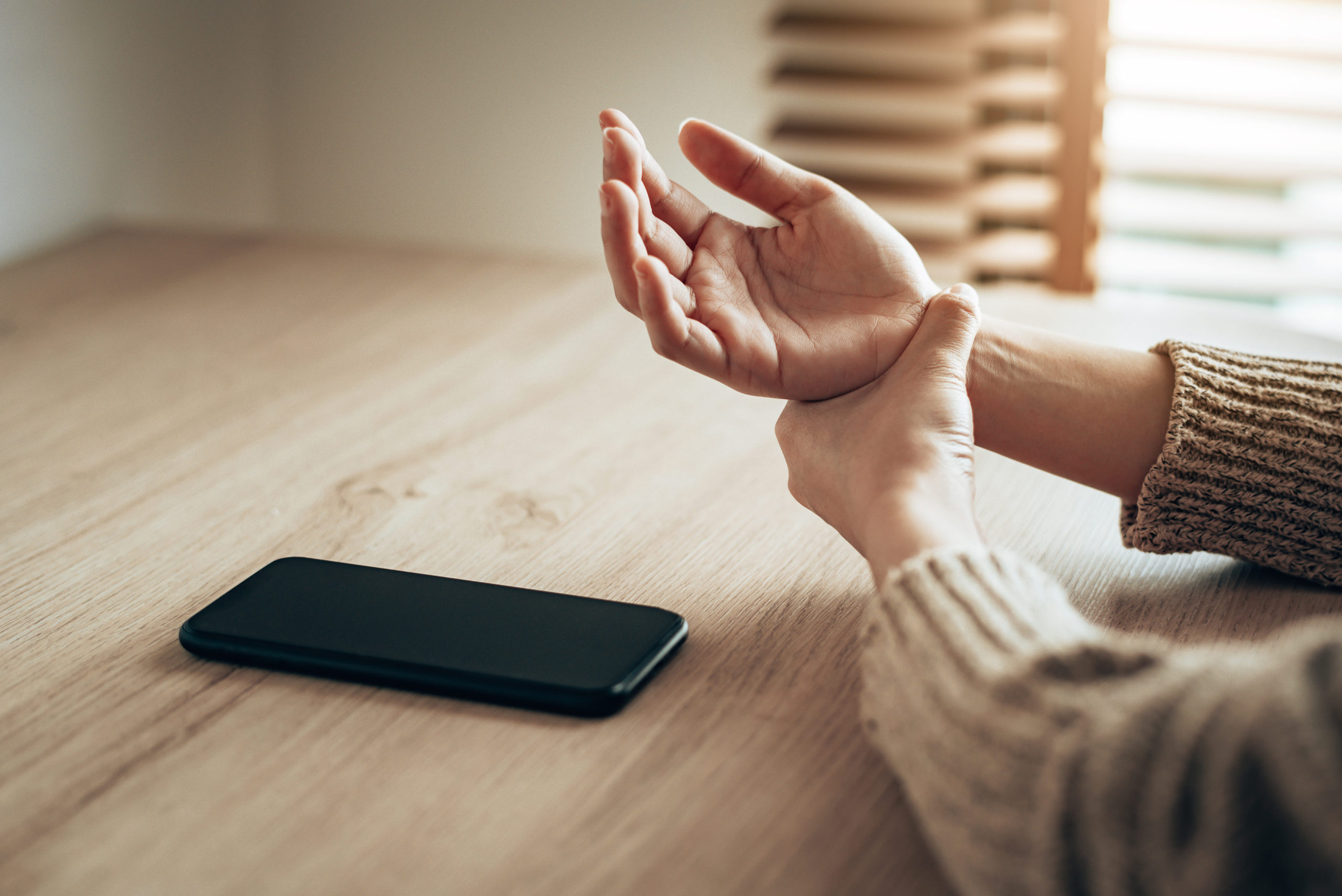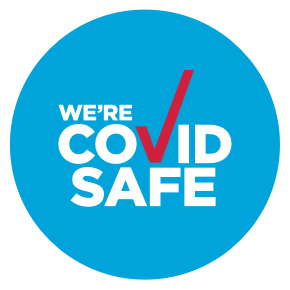

First published March 26, 2020 12:40pm. Updated 29th June 10:00am AEST
All patients and visitors must be wearing a mask and sign in upon entry with a QR code.
New South Wales – From 6pm on Saturday 26 June 2021, if you have been in Greater Sydney, including the Blue Mountains, Central Coast, Wollongong and Shellharbour for any reason since Monday 21 June 2021, you must follow the stay at home rules and must continue to follow them for 14 days after you were last in Greater Sydney until 11.59pm on Friday 9 July 2021.
The requirement to wear a face mask in all indoor areas of non-residential premises that was recently applied in Greater Sydney has been extended to all of NSW.
Read more from NSW Health – HERE
COVID-19 Screening Questionnaire
- Are you feeling unwell with symptoms such as fever, sore throat, cough or shortness of breath?
- Have you had close contact with someone who has a confirmed case of coronavirus (COVID-19)?
- Have you travelled within the last 14 days?

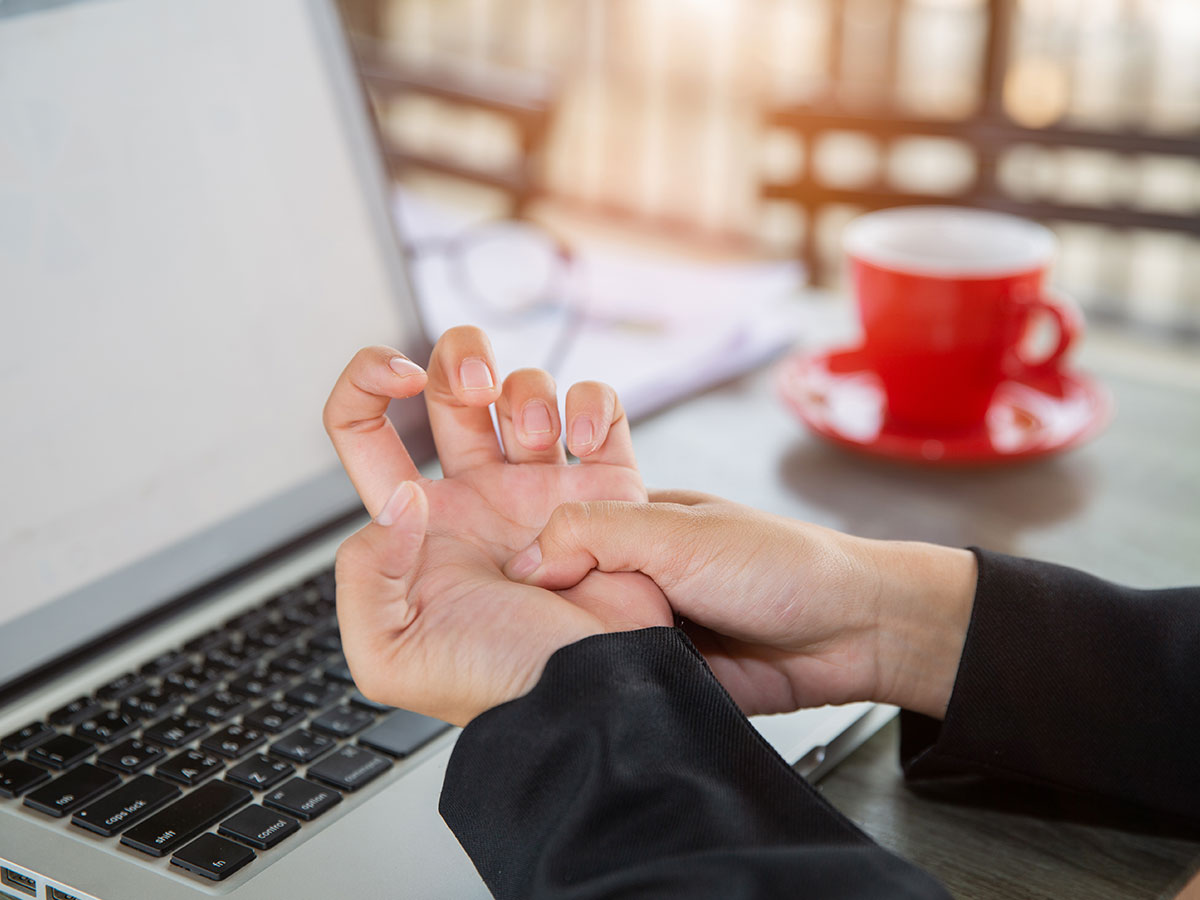
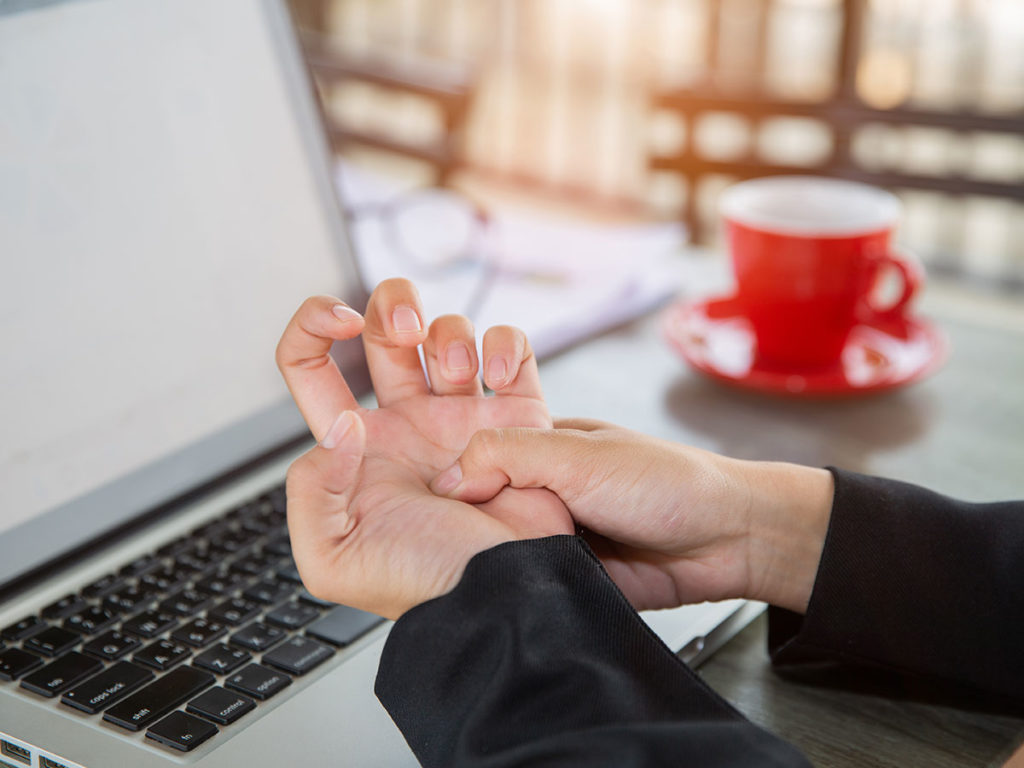
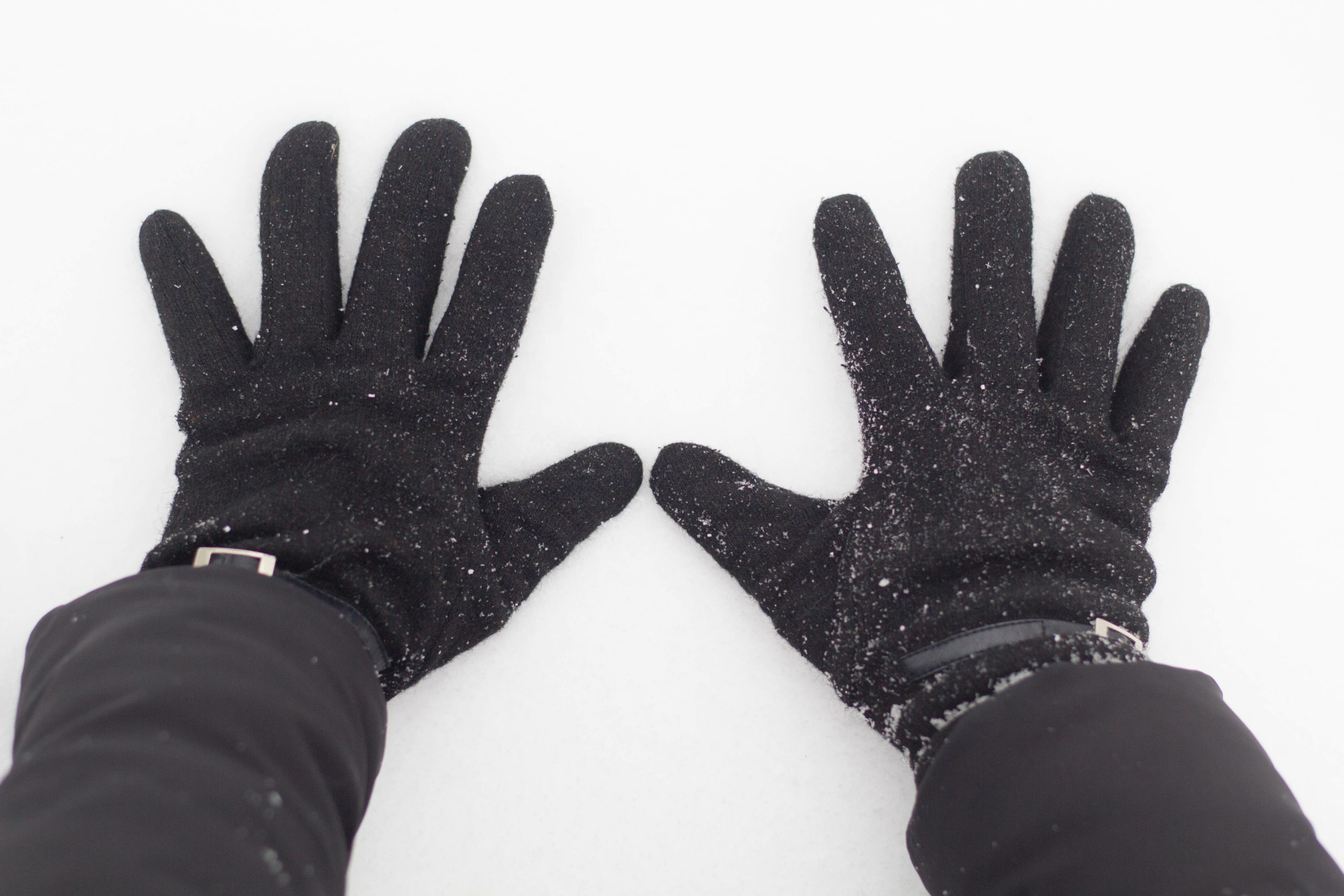


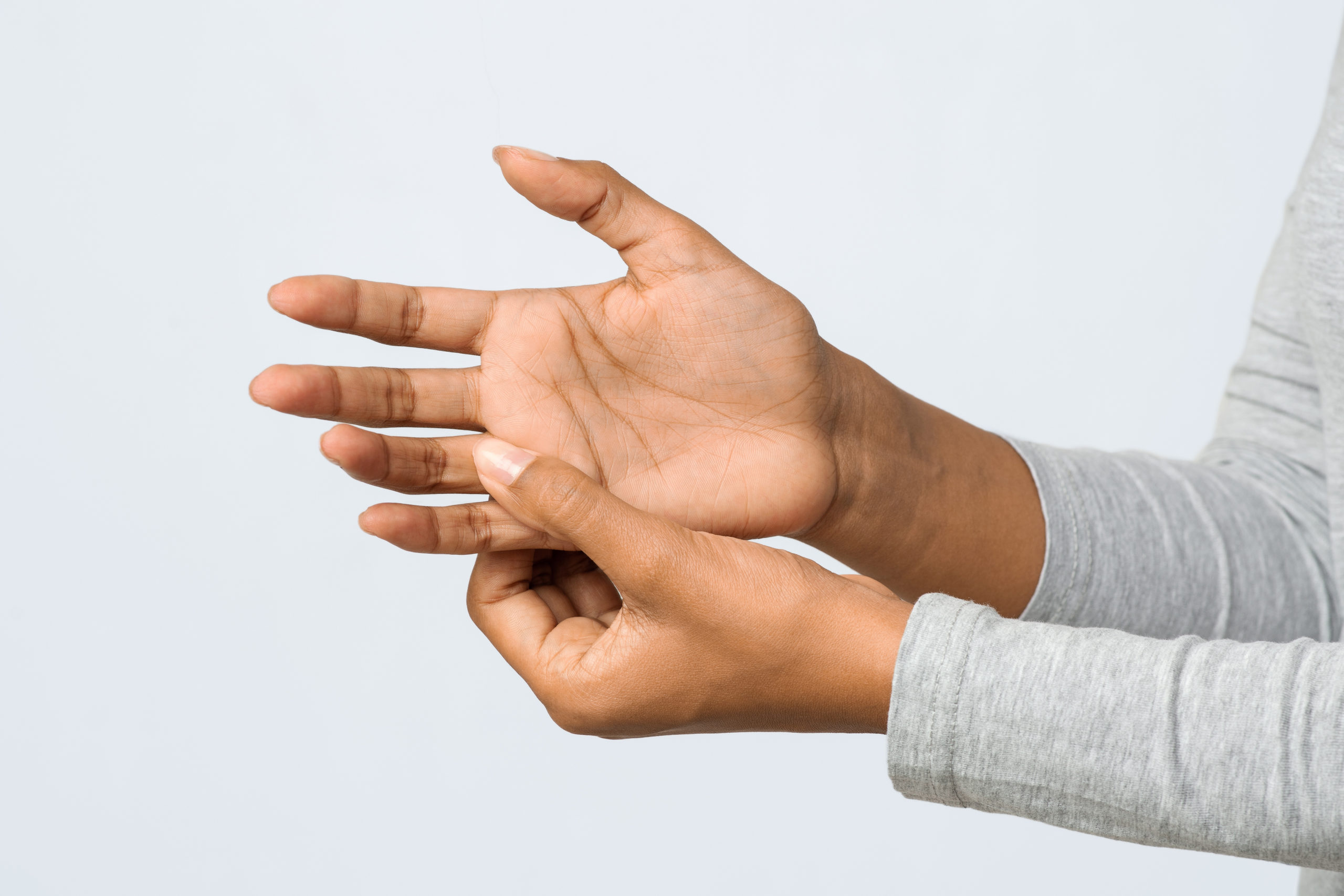




 The ECU (extensor carpi ulnaris) tendon can become painful and swollen from a repetitive twisting of the forearm.
The ECU (extensor carpi ulnaris) tendon can become painful and swollen from a repetitive twisting of the forearm.